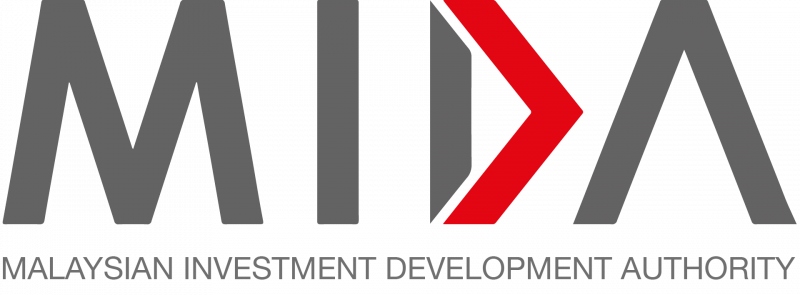The government will ensure the development of the rare earth element (REE) industry progresses, simultaneously encompassing the upstream and downstream sectors to meet industrial needs, said Economy Minister Rafizi Ramli.
He said the government’s strategy to ensure the simultaneous development of the industry is aimed at enabling industry players, including international companies, to prepare and seize opportunities available in Malaysia.
Rafizi said the government has outlined plans to establish two processing plants in the next three years.
“I’m hoping that our colleagues, especially investors from around the world, understand that this is Malaysia’s plan, because a lot of new investments, especially those built around processing plants or more downstream industries like battery factories and manufacturers, take at least two or three years to come to fruition,” he said.
“For example, if Japanese companies understand this national plan, the federal government will work to implement it at the government-to-government level. I’m hoping this information will be valuable for investment planning in the next two to three years,” Rafizi told reporters here today.
Earlier, he delivered his speech at a conference themed “Accelerating Net-zero: Opportunities for Hard-to-abate Industries in ECER” organised by the East Coast Economic Region Development Council (ECERDC).
Rafizi said Malaysia currently lacks the technological expertise to process REE raw materials and needs to attract investments from advanced nations, such as Japan, to develop this capability.
He emphasised that the government’s policy of banning the export of unprocessed REE is designed to ensure the country gains higher revenue from these raw materials.
“But as we pointed out, our biggest challenge is the processing technology, which is predominantly controlled by China,” he said.
He also acknowledged the challenges posed by state governments, which might push for a resumption of REE exports if processing plants are not established quickly as they depend on royalties from the industry.
“However, the federal government is concerned that allowing exports could quickly lead to the exhaustion of our raw material reserves,” Rafizi said.
Source: Bernama
Malaysia seeks advanced technology, investments for rare earth processing
Content Type:
Duration:


